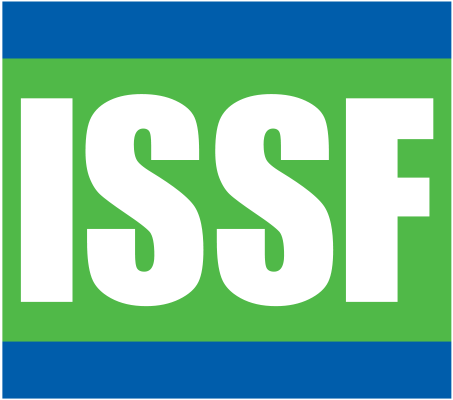Document: ISSF 2015-10: Global Comparison of Post Release Survival of Silky Sharks Caught by Tropical Tuna Purse Seiners
ISSF, in collaboration with other bycatch mitigation projects, such as the EU MADE project and the ORTHONGEL bycatch project, has undertaken tagging experiments to quantify the fishery impact on silky sharks (Carcharhinus falciformis) incidentally captured in the global tropical tuna purse seine fishery. Silky sharks commonly associate with floating objects in the open ocean environment. This phenomenon has been observed throughout the species’ cosmopolitan distribution range. Several other pelagic and coastal species also display this behaviour, but its prevalence in three tropical tuna species (skipjack, Katsuwonus pelamis, yellowfin, Thunnus albacares, and bigeye T. obesus, tunas) has led to the commercial exploitation of this behaviour. Industrial purse seine vessels, targeting tropical tunas, deploy and maintain vast arrays of drifting fish aggregating devices (FADs) to augment their catches. These FADs are left to drift freely for months at a time while the aggregated biomass develops. FADs are then revisited and the purse seine net deployed around them, thus capturing the aggregation. As a result of this practice, silky sharks, the majority of which are early juveniles, which also form part of these aggregations, are regularly captured as well. Considering the poor or unknown status of its populations in different oceans (Justel-Rubio and Restrepo, 2015), reducing the fishery-induced mortality of this species is a management priority. The retention of incidentally captured silky sharks is prohibited by some tuna regional fisheries management organisations (RFMOs) such as ICCAT and WCPFC, while their live release is encouraged by others (IOTC and IATTC).
Recently, three independent studies were conducted, in the Indian, Eastern Pacific and Western and Central Pacific Oceans respectively, to investigate the post-release survival rates of silky sharks caught during tuna purse seine operations on FADs. Quantifying the fishery impact on captured silky sharks was an early priority identified by the ISSF bycatch project. Establishing this baseline would allow the identification of the stage of the fishing process where practical mitigation methods would optimise survival and minimise risk for the sharks. This report serves to summarise and compare these results and provide a global overview of post release survival rates of silky sharks in the tuna purse seine fishery using FADs.
Downloads: 11244 | 3911559 | Views: 1
Filmalter, J., M. Hutchinson, F. Poisson, W. Eddy, R. Brill, D. Bernal, D. Itano, J. Muir, A.-‐L. Vernet, K. Holland, and L. Dagorn. 2015. Global comparison of post release survival of silky sharks caught by tropical tuna purse seine vessels. ISSF Technical Report 2015-‐10. International Seafood Sustainability Foundation, Washington, D.C., USA.
